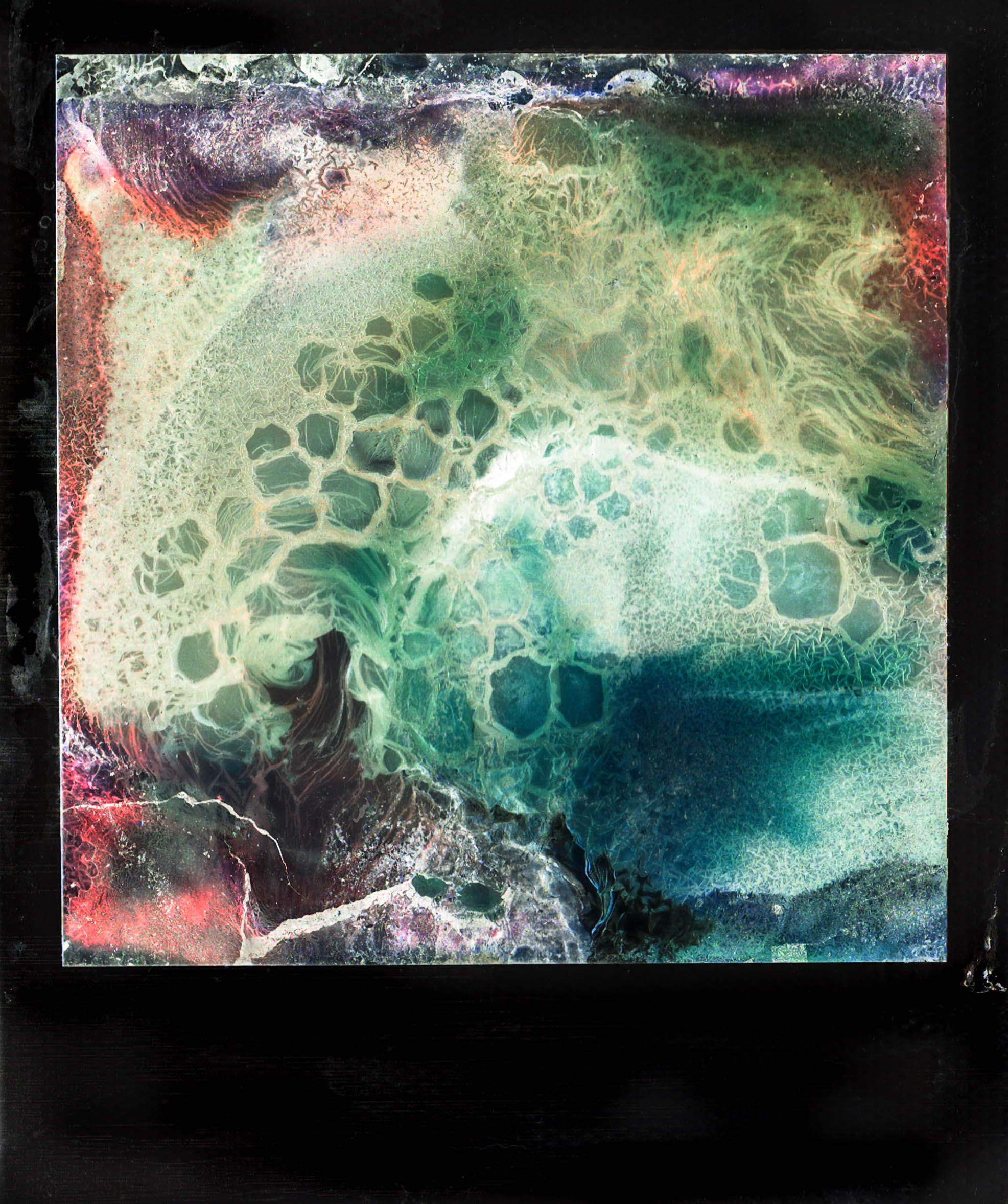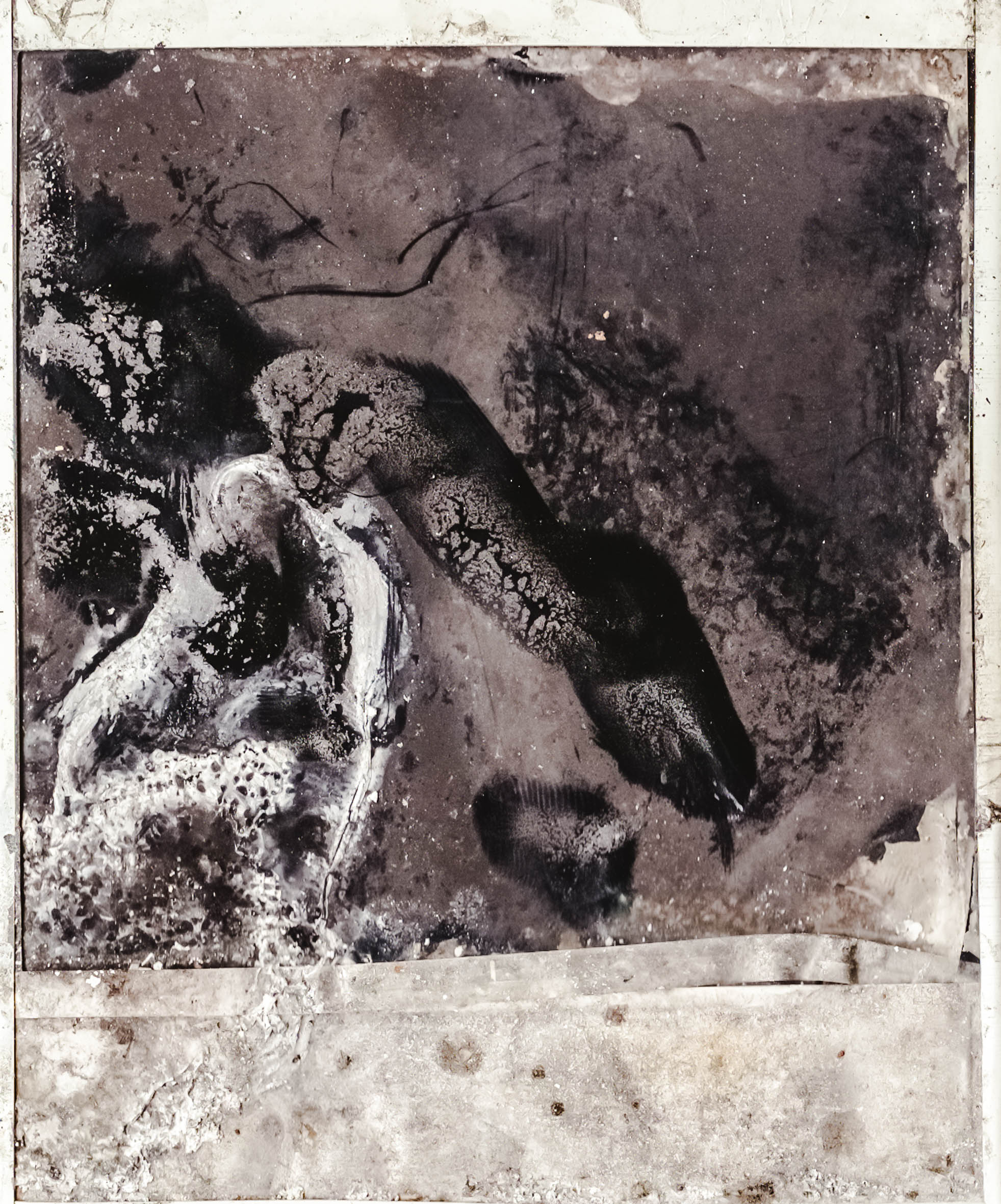Good Morning Taiwan.
Taiwan is described as a modern metropolis, combining Chinese culture fused with Japanese colonial lanes, busy shopping streets and contemporary buildings. Taipei, we found, is a softer, garish version of Singapore. It’s clean, orderly, and very, very friendly.
On arrival to Taipei it was like a gigantic warren, lots of underground passages with shopping, food and bright lights. Getting to our apartment was easy, the metro is cheap, efficient and has free wifi, so navigation is easy. No food or drink is allowed on the metro, so it is spotlessly clean. The kids give up their seats for you.
The Taiwanese queue better than anyone. Such a contrast to India where queuing is an unknown concept.
Home was in the district of Ximending. It’s very neon, a bit like a Piccadilly Circus. The 50 years rule of the Japanese created an entertainment and cultural hub as well as a residential grid system, the Chinese then introduced businesses and retail. The region has thrived ever since.
The city is all high rise, with many businesses and flats on top of each other.
Street food is everywhere. Coffee shops are popping up all around, although they have quite a long way to go with the taste, they are popular places to chill out.
The dogs are quite overweight, not only do they have a lot to eat, they are carried or scootered around.
Ximending targets the young who proudly call themselves Independent-Tiawanese, they are more global and western than the older generation.
Hawkers markets and night markets are the places to eat. However, the tourist ‘Snake Alley’ in Whanhua is really quite horrible. It is out to shock the visitors with its choice of produce, paying little attention to quality of food.
We ventured deeper into the district and found backstreet karaoke bars and brothels.
Ladies of the night.
The night markets on our doorstep had some really good food. Be prepared as your food cooks - it may disappear down an alley as the vendor may suddenly have to out-manoeuvre the authorities. Its up to you to catch up with them..
Finally caught up with my corn, after the vendor did a runner. It was worth it, she did the best sweetcorn in town.
There are an abundance of cosmetic shops even targeting very young children with make-up and face packs. It is a young audience here. Selfies and vlogging are continual. Stickers, toys, cartoons characters are everywhere, even as government information boards. India was like being involved in a chaotic Mario Carts game, Taipei is like a giant Japanese cartoon.
The culture of obsessive collecting of cheap plastic toys is quite remarkable. There are vending machines everywhere. The shrieks and tears of disappointment when they don’t get the right toy is quite worrying. What drives this market I’m not sure. Some Androids, which I have to say are rather cute, are demanding up to 10,000 TWD. Thats £250 in sterling.
Slot machines and Bagatelle are a popular choice for adults and children alike and available in all shopping malls and night markets.
Back of the Bagatelle Machines,
Oh yes and everyone is into Massage. Everyone appears to get a massage after work, en-masse, male and female.
The Taiwanese get up late, have a pragmatic approach to work and appear to have a positive work / family life balance. That’s probably why they are such a happy friendly bunch.













































